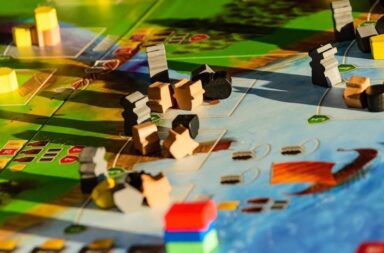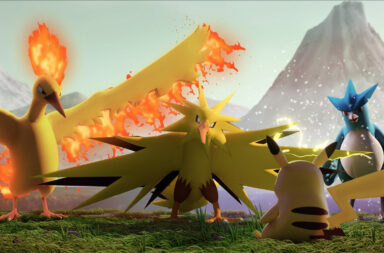Some game universes offer a simulation of the contemporary world. In France, the first major virtual world project was the Second World. It was a virtual world like the city of Paris. This Second World was a meeting place for Internet users in apartments, streets or virtual museums in the capital. Today Second Life is more in the simulation of a North American type of hyper-consumer society.
Fantastic Medieval
The vast majority of the world’s MMORPGs are inspired by the world of writer JRRTolkien, author of The Lord of the Rings. Tolkien’s work is a kind of synthetic reconstruction of Arthurian myths, Celtic and Germanic legends. Cinema, television, literature, and games have reclaimed this universe to enrich, complicate and transform it. Today we are talking about a “reified” genre called the “medieval fantasy”. In universes of this type, players are offered to perform knights, magicians, elves, etc. With the inclusion of Run 3 unblocked the gaming universe is changing gradually now.
The Modern Time
Today, the most successful online role-playing games pay off. You have to buy the software (around 60 euros) and pay a monthly subscription (between 10 and 15 euros) to have access to the game servers. Publishers regularly release “extensions” (add-ons), that is software that offers players new possibilities (equipment, trades, etc.) and expands the universe. Regarding the sociological profile of online role-playing players, they are overwhelmingly men (more than 90%), average age 19 (low standard deviation) and most often single. They are mainly teenagers and young adults. Most of them are high school students or students (65%). For salaried employees, the computer sector is predominant. They are overwhelmingly middle-class.
From virtual communities to guilds
Around and within these playful worlds, virtual communities are created. Virtual communities are commonly used to designate groups of Internet users on the Internet around a common interest. Wine lovers, Plato readers, curling enthusiasts, photo collectors, video game players, social scientists, the number of so-called “virtual” communities, and the natures of shared interest are considerable and eclectic. The forms that these groupings take can be Internet sites, discussion forums, etc.
Online Role Playing
In online role-playing games, players create what they call guilds. They all have or almost a website or forum presenting their members, the rules, their history in the game, their “way of playing”. The first guilds of players appeared informally with the first role plays on the Internet, the MUD, and then gradually invested the various games and universes offered on the Internet (Rheingold, 1995).
Groupings originally created out of any market structuring, game publishers have subsequently encouraged this type of community making available to players, spaces in the game (house) and off-game (sites or forum) and a Specific communication channel, and in doing so, have integrated guilds into the dynamics of the game. These communities of players are on average groups of at least three players, with an average of 29 members. One of the anthropological characteristics of guilds is what other researchers have called netiquette, which is a set of laws that govern communities on the Internet.


